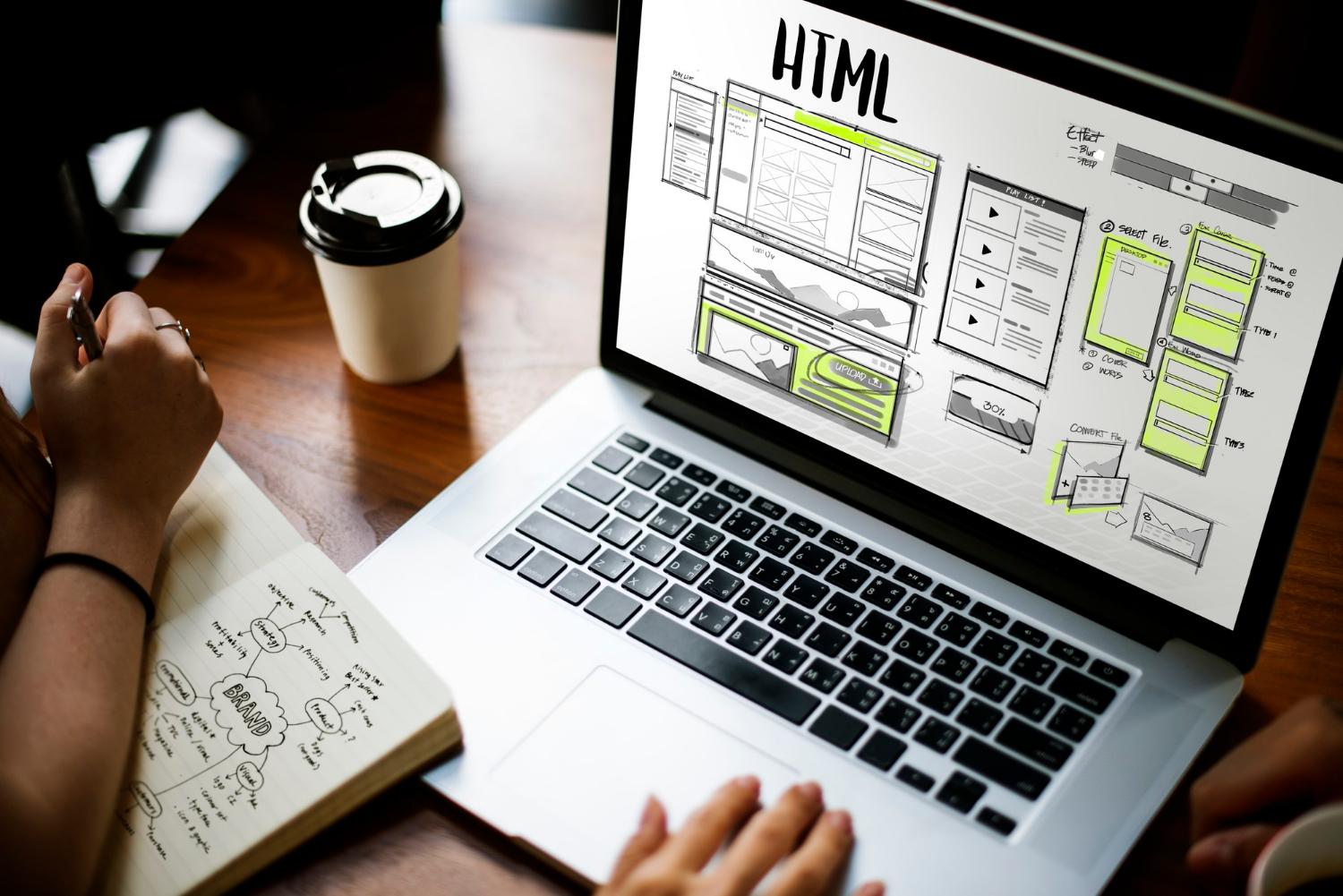UX and design thinking go hand in hand, so when designing user interfaces, designers strive to create the perfect user experience. Design thinking is aimed at solving the most important question: How best to solve complex human problems using visual methods?
Every few years, some first-class designer or a well-known agency develops a new design method. And the design community is discussing the merits of one UX method over another. And the rivalry of human-oriented design against design sprints and the latest online trends begins.
Despite all the differences, all design methods somehow express a common desire to bring order to the creative chaos. But without methods and regulations, everyone will be subject to design unpredictability.
Some ideas fail. Feedback shows not what was expected, and the designer may lose orientation. But if there is a logical way to investigate problems and test solutions, you can keep your concentration regardless of the obstacles on the way.
UX and Design thinking
Design thinking is aimed at solving the most important question: How best to solve complex human problems using visual methods? UX designers strive to understand what people need, how they think and why they behave the way they do.
All efforts are aimed at bringing us closer to the main goal of UX design – to create an amazing user experience. And whatever design method we choose, the focus is on people. This is design thinking.
5 design steps to improve the user experience
Design thinking is not just a design endeavor. This is a method in which various stakeholders and users are partners in cooperation, even without being designers.
Empathy is the northern star, which is the focus of all the designer’s efforts. Countless tools and strategies can be used in the process of designing thinking, and these steps are not strictly sequential. They are flexible, repeatable and cyclical.
Step #1. Empathy. What does it feel like to be in the skin of a user?
To identify the right problems, practicing designers should think about the people they are trying to help. UX designers will find that a number of familiar exercises are possible at this stage:
Field research. Observe how users interact with products in a natural environment and focus on it
The user’s persona. Create personas for fictional users to summarize research results (for example, field research). Persona helps UX designers focus on core users.
User interaction maps. Visualize the journey of the average statistical user, pass through his experience and outline the goals that should be achieved at each stage.
The understanding of users is not once and for all certain. This is an ever-changing problem that affects solutions, large and small, in the design process.
Step #2. Identification of problems
After feeling empathy, practicing designers should clearly identify the problems that users face. This process includes: identifying potential obstacles, interpreting user actions, and planning logistical details.
The task statements should be specific and user-oriented. Design thinking is lost when business goals obscure the needs of users in problem formulations.
Step #3. Turn on your imagination and brainstorm
From defining problems, design thinking moves on to their implementation. There are many exercises: brainstorming, sketching thoughts and much more. The goal is to capture thoughts visually and quickly. Primitive tools will be enough to solve this problem. And remember, ideation and refinement cannot happen at the same time.
Step #4. Creating a prototype
Prototypes are a great way to build on the effort of creating ideas, but they don’t have to be carefully rendered. They can consist of sketches, interactive flowcharts or paper models. Prototypes help designers evaluate feasibility as early as possible without wasting time and money.
Today there are many collaborative design programs with advanced prototyping capabilities, including animation. They can also force designers to spend time finalizing concepts that will never appear at the finish line. When creating a prototype, it is important to fix ideas in order to then choose the best ones at the testing stage.
If you want to study this issue more deeply, we bring to your attention the publication: Prototyping is the basis of professional web development.
Step #5. Conduct testing
At the final design stage, users are invited to participate in moderated testing. During the entire testing time, users give feedback while interacting with the product. The design team then decides which problems have been solved and which improvements should be made.
Testing is a reality check for many designers. At this stage, UX problems are identified, and here the only question is how much feedback you need to get in order to identify problems with the functioning of the product.
UX and design thinking go hand in hand
The design is often confused with the final product. Design is not a website, sofa or smartphone. This equation is incorrect. The design is not an artifact. UX design is a systematic approach to problem solving.
Design thinking is one of the ways to solve user problems. This is an iterative process in which ideas breathe life based on the needs, thoughts and behavior of real users. If there is no collaboration between designers and users, this is not design thinking.
Multiple design methods are an advantage. But there is no single approach to solve all the problems. There is no universal method that works the same for every designer, team, or company. No single process reveals the needs of all users.
Design thinking is a method, not magic, but its user-centricity creates a combination of design and UX.
Project thinking is especially useful when solving acute design problems that do not correspond to traditional ideas of right and wrong. UX and Design Thinking are user-centric approaches to design, and both aim to create a delightful user experience.

